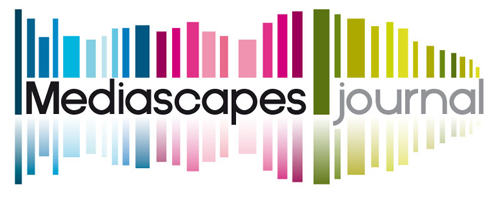A study in pink.
Le narrazioni digitali dell'influ-attivismo femminista
Keywords:
Digital Activism, platformization, influencer, diversity and inclusion, feminismAbstract
This paper investigates influ-activism, defined as the intersection of influencer culture and activism, focusing on feminist and inclusive causes. The phenomenon is framed within the broader context of digital activism and platformization, highlighting the mutual influence between influencers and social media ecosystems. Building on existing literature, the study explores how digital platforms facilitate the rapid mobilization of social movements, while also reshaping activist communication and strategies. The research adopts a netnographic approach, analyzing Instagram profiles of ten female influ-activists aged between 25 and 52. These influencers were selected based on their engagement with feminist, LGBTQ+, and social justice topics. A thematic analysis of 151 posts, supported by NVivo software, revealed distinct generational patterns in their narratives and content strategies. The study identifies two main feminist frameworks: third-wave and fourth-wave feminism. Third-wave influ-activists emphasize gender equality through a critical lens on sexist language and imagery, often focusing on external advocacy. Conversely, fourth-wave influ-activists adopt an inclusive and intersectional perspective, promoting themes such as body positivity, gender identity, and self-expression. This wave also demonstrates a higher degree of commercialization, balancing advocacy with branded content. The findings suggest that younger influ-activists leverage innovative, media-integrated formats to engage audiences and foster change from within the media landscape. The study concludes that influ-activism represents a new form of digital activism, balancing authenticity, social commitment, and commercial interests. It highlights the evolving role of influencers as key actors in promoting social change in the digital age.
Published
How to Cite
Issue
Section
License

This work is licensed under a Creative Commons Attribution 4.0 International License.
Mediascapes Journal is published under a Creative Commons Attribution Licence 4.0.
With the licence CC-BY, authors retain the copyright, allowing anyone to download, reuse, re-print, modify, distribute and/or copy their contribution. The work must be properly attributed to its author. It should be also mentioned that the work has been first published by the journal Anuac.
Having published these contributions for the first time, Mediascapes Journal will have the right to publish them integrally or partially as reprints or possibly as part of a thematic issue, in both digital and printed format.
It is not necessary to ask further permissions both to author or the journal.


